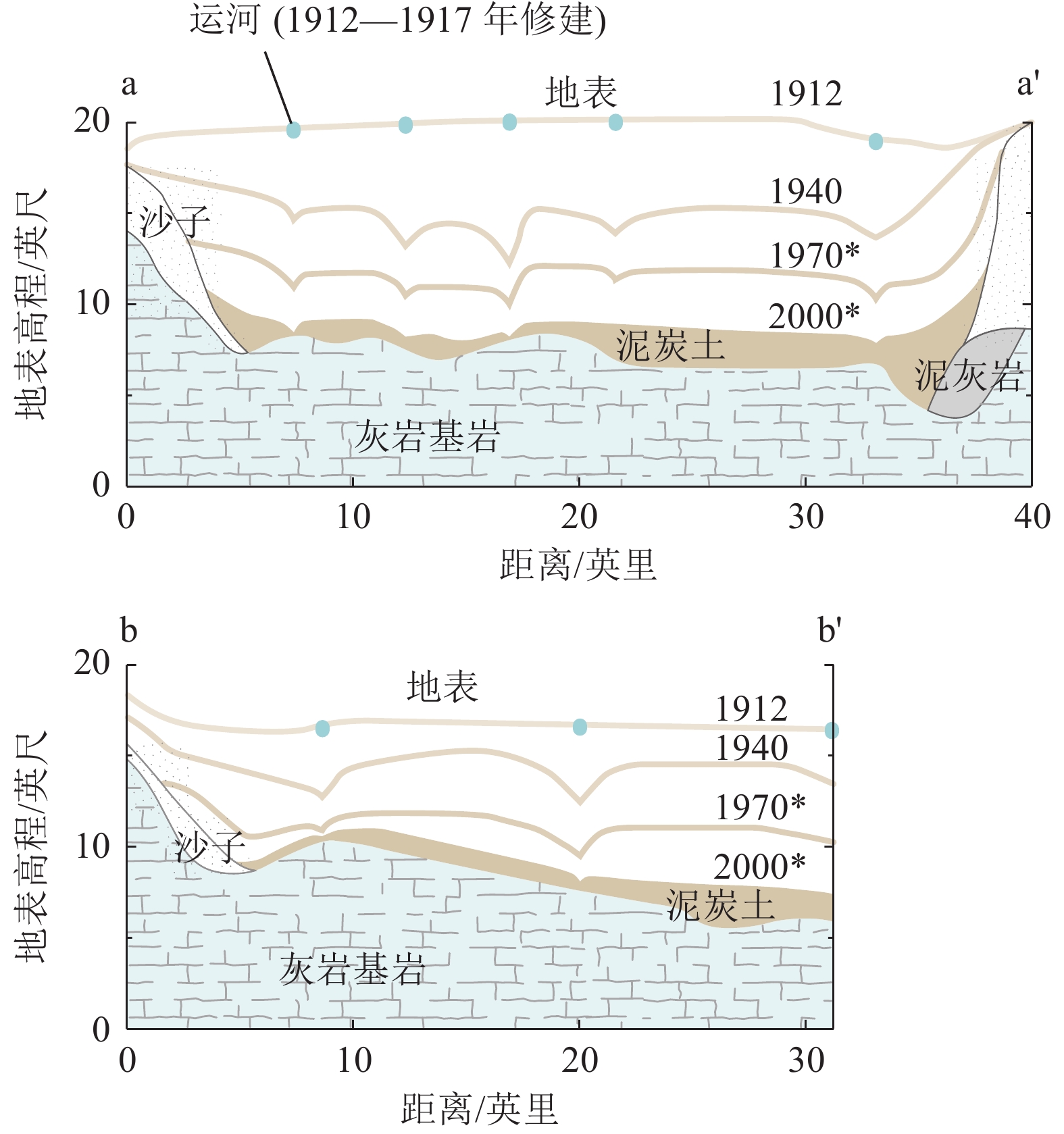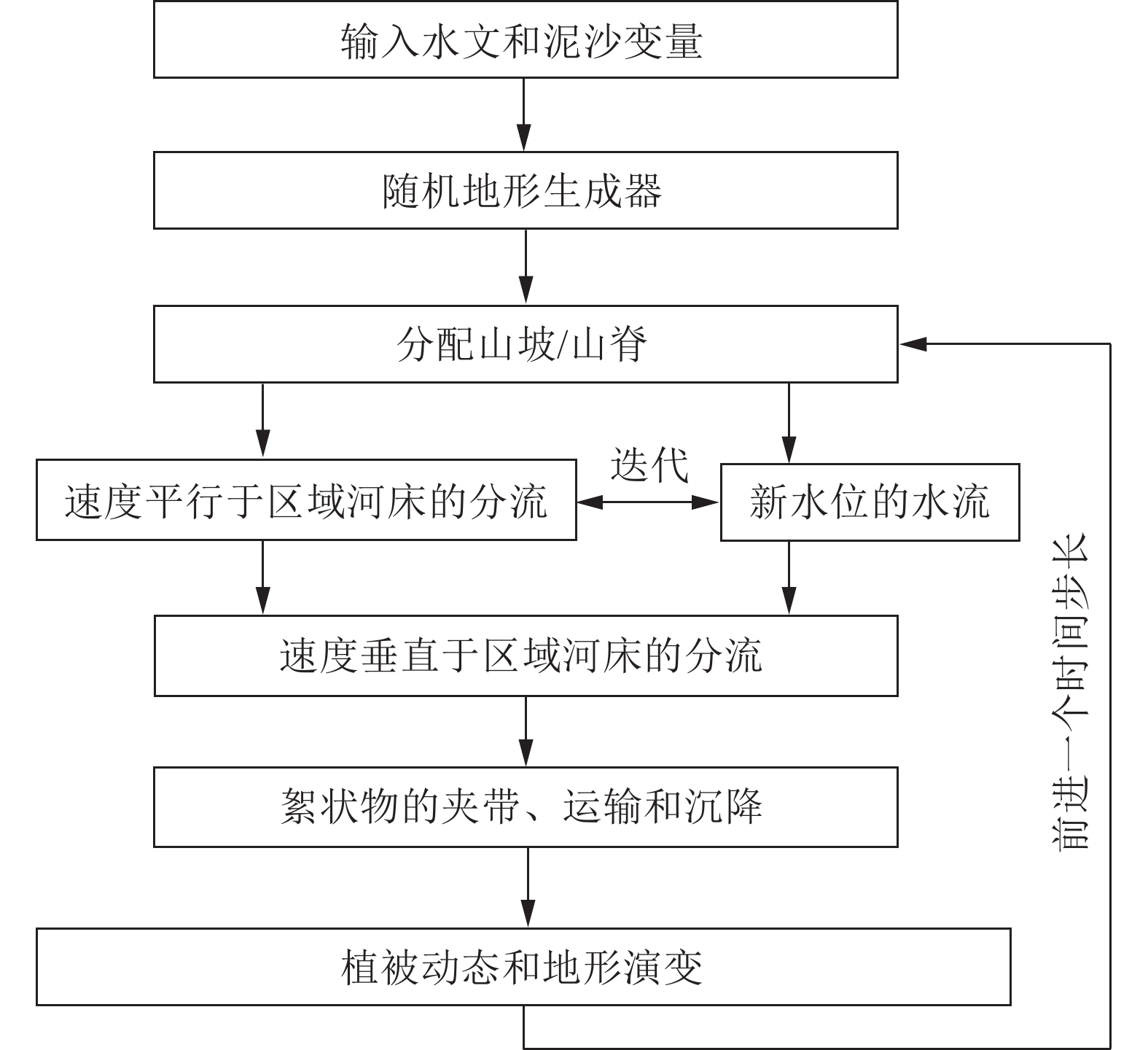Experience and implications of wetland conservation and restoration in the United States from the perspective of earth system science
-
摘要:
湿地作为地球上初级生产力最高、生物多样性最丰富的生态系统,受到人类活动、气候变化等多种因素影响,正在遭遇全球性的退化危机。近几十年来,美国在地球系统科学指导下建立了全面的湿地保护法律体系、科学的生态系统修复理念、多部门分工协作机制,形成了一套较完善的湿地保护修复模式,值得中国学习和借鉴。以美国大沼泽地综合修复计划为例,对其生态修复工作模式进行了综述,通过系统对比研究,发现中国湿地保护修复工作存在管理机制待完善、理念科学性不足、调查监测体系待加强等。建议设立国家湿地生态修复大科学计划,聚焦湿地生态系统中的土壤、水文条件等关键问题,建设全国湿地监测网络,建立综合调查、实时监测、及时预警、动态调整的湿地生态修复工作模式。
Abstract:As an ecosystem with the highest primary productivity and the richest biodiversity on Earth, wetlands are facing a global degradation crisis due to the impact of human activities, climate change and other factors. In recent decades, the United States has established a comprehensive legal system of wetland protection, a scientific concept of ecosystem restoration, and a multi-sectoral division of cooperation mechanism, forming a relatively complete wetland protection and restoration model under the guidance of earth system science, which is worth learning and referring for China. Taking the comprehensive restoration plan of Everglades as an example, the working mode of wetland restoration is summarized. Through systematic comparative study, it is found that there are some problems in the restoration of wetlands in China, such as the management mechanism to be improved, the scientific concept to be insufficient, and the investigation and detection system to be strengthened. It is suggested to set up a national scientific plan for wetland ecological restoration, to focus on key issues such as soil and hydrological conditions in wetland ecosystems, to build a national wetland monitoring network, and to establish a wetland ecological restoration model featuring comprehensive investigation, real-time monitoring, timely warning and dynamic adjustment.
-
Key words:
- wetland /
- ecosystem protection and restoration /
- earth system science /
- Everglades
-

-
图 3 湿地生态系统水文综合动态模型的模块化结构(据Larsen et al., 2011修改)
Figure 3.
-
[1] Bai J, Ma J, Xu J L, et al. 2012. Current status and optimization strategies of wetland conservation and management in China[J]. World Forestry Research, 25(4): 58−62 (in Chinese with English abstract).
[2] Benyus J M. 2002. Biomimicry: Innovation inspired by Nature (2nd ed)[M]. Raleigh: HarperCollins: 20−50.
[3] Chen Z N, Huang C Y, Wu S J, et al. 2008. Pilot study on eco−environmental water requirement of Lalu wetland and protective countermeasure[J]. Water Conservancy Science and Technology and Economy, 14(11): 918−920 (in Chinese with English abstract).
[4] Chu X L, Xu C F. 2021. On marine ecosystem−Based integrated management with the example of Everglades restoration programme of USA[J]. Ocean Development and Management, 3: 25−32 (in Chinese with English abstract).
[5] Cohen−Shacham E, Janzen C, Maginnis S. 2016. Nature−based Solutions to Address Global Societal Challeges[M]. Gland: International Union for Conservation of Nature: 3−10.
[6] Department for Wildlife and Forest Plants Protection, the Ministry of Forestry. 1994. Guidelines for wetland conservation and rational utilization[M]. Beijing: China Forestry Publishing House: 147−160 (in Chinese).
[7] Dessu S B, Price R M, Troxler T G, et al. 2018. Effects of sea−level rise and freshwater management on long−term water levels and water quality in the Florida Coastal Everglade[J]. Journal of Environmental Management, 211: 164−178.
[8] Doren R F, Trexler J C, Gottlieb A D, et al. 2009. Ecological indicators for system−wide assessment of the greater Everglades ecosystem restoration program[J]. Ecological Indicators, 9: 2−16. doi: 10.1016/j.ecolind.2008.08.009
[9] Guo C H, Zhang M S, Wang Y, et al. 2023. Ecological restoration of China's territorial space in Yulin section olthe Yellow River Basin through nature−based solutions[J]. Geological Bulletin of China, 42(10): 1745−1756 (in Chinese with English abstract).
[10] Harvey J W, Gregory B N, Larsen L G. 2008. Field flume experiments resolve feedback processes governing historic formation, recent degradation, and restoration of the Everglades ridge and slough landscape[R].
[11] Heimlich R E. 1998. Wetlands and agriculture: Private interests and public benefits[M]. Washington, D C, Department of Agriculture: 1−20.
[12] Ingebritsen S E, Mcvoy C, Glaz B, et al. 1999. Florida Everglades: Subsidence threatens agriculture and complicates ecosystem restoration[C]//Galloway D, Jones D R, Ingebritsen S E. Land subsidence in the United States. Denver U.S. Geological Survey: 95−106.
[13] Lang Y C, Ding H, Han X K, et al. 2022. Ecosystem protection and restoration science in coastal wetlands from the perspective of Earth system science[J]. Bulletin of National Natural Science Foundation of China, 36(3): 376−382 (in Chinese with English abstract).
[14] Larsen L G, Harvey J W, Crimaldi J P. 2007. A delicate balance: Ecohydrological feedbacks governing landscape morphology in a lotic peatland[J]. Ecological Mongraphs, 77(4): 591−614.
[15] Larsen L G, Harvey J W. 2011. Modeling of hydroecological feedbacks predicts distinct classes of landscape pattern, process, and restoration potential in shallow aquatic ecosystems[J]. Geomorphology, 126: 279−296.
[16] Liao Q. 2021. Research on countermeasures of wetland protection and restoration in China[J]. South China Agriculture, 15(24): 205−206 (in Chinese).
[17] Liu B N. 2008. The Pantanal−the world's largest wetland[J]. Environmental Protection and Circular Economy, 8: 62−63 (in Chinese).
[18] Ma T, Shao H Y. 2017. Theoretical progress and practical experiences of coastal wetlands management in other countries[J]. Wetland Science & Management, 13(1): 61−64 (in Chinese with English abstract).
[19] O’ Connell M J. 2003. Detecting, measuring and reversing changes to wetlands[J]. Wetlands Ecology and Management, 11(6): 397−401. doi: 10.1023/B:WETL.0000007191.77103.53
[20] Orem W, Fitz H C, Krabbenhoft D, et al. 2014. Modeling sulfate transport and distribution and methylmercury production associated with aquifer storage and recovery implementation in the Everglades protection area[J]. Sustainability of Water Quality and Ecology, 3/4: 33−46. doi: 10.1016/j.swaqe.2014.11.004
[21] Patino E, Conrads P, Swain E, et al. 2018. Everglades Depth Estimation Network (EDEN)—A decade of serving hydrologic information to scientists and resource managers (ver. 1.1, January 2018) [R]. Reston: U. S. Geological Survey Fact Sheet, 10: 2017−3069.
[22] Shimelis B D, René M P, Tiffany G T, et al. 2018. Effects of sea-level rise and freshwater management on long-term water levels and water quality in the Florida Coastal Everglade[J]. Journal of Environmental Management, 211: 164−178.
[23] Song Y Y, Ying T, Yao Z G, et al. 2013. Evolution of wetland conservation policy in developed countries[J]. Environmental Science and Management, 38(5): 160−165 (in Chinese with English abstract).
[24] Telis P A . 2006. The Everglades Depth Estimation Network (EDEN) for support of ecological and biological assessments[R]. Reston: U. S. Geological Survey Fact Sheet, 10: 2006−3087.
[25] Wang R Q, Zhang M X, Wu H T, et al. 2022. Analysis on wetland definition and classification of the Wetland Conservation Law of the People's Republic of China[J]. Wetland Science, 20(3): 404−412 (in Chinese with English abstract).
[26] Wang X. 2000. Legal system of wetland protection in USA[J]. World Environment, 3: 27−29 (in Chinese with English abstract).
[27] Westbrooks R G, Eplee R E. 2011. Early detection and rapid response[C]//Simberloff D, Rejmanek M. Encyclopedia of Biological Invasions. Berkeley: University of California Press: 169−177.
[28] Wu B S, Chen H G, Ma J M. 2005. Review of the ecosystem restoration of Kissimmee River in USA[J]. Journal of Hydraulic Engineering, 36(4): 473−477 (in Chinese with English abstract).
[29] Xia P, Liu Q. 2011. Experience and inspiration of water ecosystem protection and restoration abroad[J]. Water Resources Development Research, 6: 72−78 (in Chinese).
[30] Xiao X W, Yu X B, Pan M Q. 2012. Implementation and implications of everglade wetland restoration plan in Southern Florida, USA[J]. Wetland Science & Management, 9(8): 31−35 (in Chinese with English abstract).
[31] Zhang L. 2010. Research and management of the Everglades ecosystem in Florida, USA[J]. Wetland Science & Management, 6(2): 64−65 (in Chinese).
[32] Zhang L. 2013. Florida ecological engineering Model 3: wetland−Everglades ecological restoration area[J]. Wetland Science & Management, 9(3): 42−43 (in Chinese).
[33] Zhang W Y, Wang F X, Song Z F. 2022. The key to ecological protection in the Yellow River——Earth system science[J]. Journal of Hebei Geo University, 45(2): 23−26 (in Chinese with English abstract).
[34] 白洁, 马静, 徐基良, 等. 2012. 我国湿地保护管理现状与优化对策[J]. 世界林业研究, 25(4): 58−62.
[35] 陈在妮, 黄川友, 吴双江, 等. 2008. 浅析拉鲁湿地生态环境需水量及保护对策[J]. 水利科技与经济, 14(11): 918−920.
[36] 褚晓琳, 许春凤. 2021. 基于生态系统的海洋综合管理研究——以美国大沼泽湿地项目为例[J]. 海洋开发与管理, 3: 25−32.
[37] 郭迟辉, 张茂省, 王尧, 等. 2023: 基于自然解决方案的黄河中游国土空间生态修复——以陕西榆林国土空间生态修复为例[J]. 地质通报, 42(10): 1745−1756.
[38] 郎赟超, 丁虎, 韩晓昆, 等. 2022. 地球系统科学观下的滨海湿地生态系统保护和恢复科学[J]. 中国科学基金, 36(3): 376−382.
[39] 廖琴. 2021. 我国湿地保护和修复对策探究[J]. 南方农业, 15(24): 205−206.
[40] 刘柏年. 2008. 潘塔纳尔——世界最大湿地[J]. 环境保护与循环经济, 8: 62−63. doi: 10.3969/j.issn.1674-1021.2008.08.025
[41] 林业部野生动物和森林植物保护司. 1994. 湿地保护与合理利用指 南[M]. 北京:中国林业出版社: 147-160.
[42] 马涛, 邵欢瑜. 2017. 国外滨海湿地管理的理论进展和实践经验[J]. 湿地科学与管理, 13(1): 61−64.
[43] 宋圆圆, 营婷, 姚志刚, 等. 2013. 国际湿地保护政策及形式的演变研 究[J]. 环境科学与管理, 38(5): 160−165.
[44] 王瑞卿,张明祥,武海涛,等. 2022. 从《中华人民共和国湿地保护法》解析湿地定义与分类[J]. 湿地科学, 20(3): 404−412.
[45] 王相. 2000. 美国湿地的法律保护[J]. 世界环境, 3: 27−29.
[46] 吴保生, 陈红刚, 马吉明. 2005. 美国基西米河生态修复工程的经验[J]. 水利学报, 36(4): 473−477.
[47] 夏朋, 刘蒨. 2011. 国外水生态系统保护与修复的经验及启示[J]. 水利发展研究, 6: 72−78.
[48] 肖协文, 于秀波, 潘明麒. 2012. 美国南佛罗里达大沼泽地湿地恢复规划、实施及启示[J]. 湿地科学管理, 9(8): 31−35.
[49] 张立. 2010. 美国佛罗里达大沼泽生态系统的研究与管理[J]. 湿地科学与管理, 6(2): 64−65. doi: 10.3969/j.issn.1673-3290.2010.02.019
[50] 张立. 2013. 美国佛罗里达生态工程典范之三: 湿地——大沼泽生态恢复区[J]. 湿地科学与管理, 9(3): 42−43.
[51] 张万益, 王凤翔, 宋泽峰. 2022. 地球系统科学是开启黄河流域生态保护的钥匙[J]. 河北地质大学学报, 45(2): 23−26.
-




 下载:
下载:


